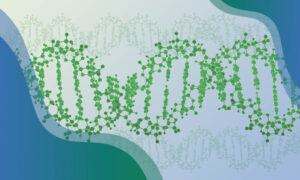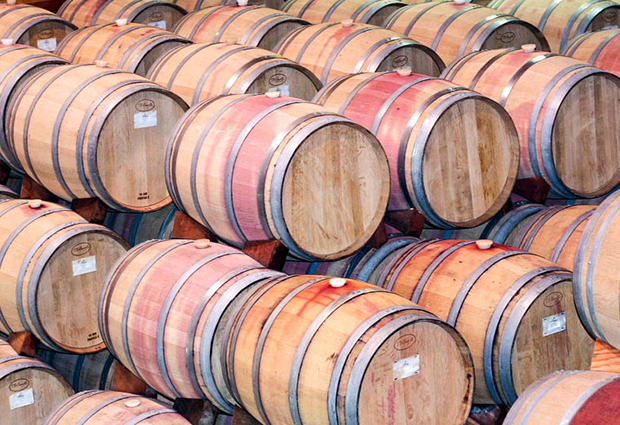
Read the latest Issue
Bacteria such as E. coli use a plug-like molecule to ensure their insides grow in synch with the envelope that surrounds them, scientists at EMBL Heidelberg have found.

You have a barrel-making machine, which you must use to churn out barrels and put plugs in them. If you’re too slow, or your machine breaks, or you run out of barrel-making materials, plugs will start to accumulate, and an alarm will go off. This video game-like scenario actually plays out inside some bacteria. It is one of the ways in which bacteria like E.coli ensure that they grow safely.
Bacteria like E.coli are like walled cities, with a multi-layered line of defense called the cell envelope. This protective barrier consists of two membranes, between which the cell wall is sandwiched. The ‘barrels’ are proteins that stud the outer membrane and serve as channels to allow molecules into and out of the cell. As the bacterial envelope grows, new barrels have to be added. In total, the 4000 or so barrel-making machines in an E.coli bacterium have to be able to produce up to one million barrels. And they have to do so at the right pace: if the envelope stopped growing (or slowed) but the inside of the bacterium continued to expand, the result would be disastrous. Scientists in Nassos Typas’ lab at EMBL Heidelberg and collaborators at Université Catholique de Louvain in Belgium have discovered that the efficiency of barrel-making is monitored by the ‘plug’ molecule RcsF. RcsF acts as a sensor to detect problems in the assembly process and trigger a chain reaction inside the bacterium to contain the damage and adjust the cell’s growth rate.
This is one of the first times we know which molecules are involved, and how.
“Assembly of barrel proteins in the outer membrane is a fundamental process, so unsurprisingly there are several different systems which sense the efficiency of different steps,” says Typas, “but this is one of the first times we know which molecules are involved, and how.” This is an important finding for the field, as exactly what the plug molecules were – and whether they even existed – has long been a subject of debate.
The scientists discovered that the machinery that makes the barrel proteins also transports RcsF to the outer surface of the envelope, placing an RcsF plug in some of the barrels. They also found that, if barrel-building slows or stops for some reason – such as an external attack or a shortage of barrel-making materials – RcsF accumulates in the space between the bacterium’s two membranes. A protein that sits on the outer surface of the inner membrane detects this build up of RcsF, relaying the message across the membrane to the heart of the cell, and setting off a series of reactions to bring the growth of the bacterium’s insides and its envelope back into synch.
Typas and colleagues now want to investigate whether all molecules in RcsF’s family – lipoproteins – find their way to the cell surface and act as plugs for the many barrels that stud their outer membrane. They also want to test if it is always the barrel-building machinery that also inserts plugs, or whether these two tasks can be performed by different cellular machines. Ultimately, the scientists would like to know if, once they are sitting in the barrels on the outer surface of a bacterium, these plugs have a specific task.
More generally, Typas will continue to pursue his fascination with bacteria’s outer line of defense. “On the one hand, the bacterial envelope is where virulence machineries assemble to fire virulence factors at the host, and it’s central to antibiotic targeting and resistance, so there are obvious interests there,” says Typas, “but the molecular processes involved in transporting things across these different layers, and how they synchronise with each other and with cellular growth, are also just fascinating. And in terms of evolution, the envelope is the part of bacteria that changes the fastest, so it’s really interesting to me to see how many different ways bacteria have solved the same fundamental problems.”
Looking for past print editions of EMBLetc.? Browse our archive, going back 20 years.
EMBLetc. archive